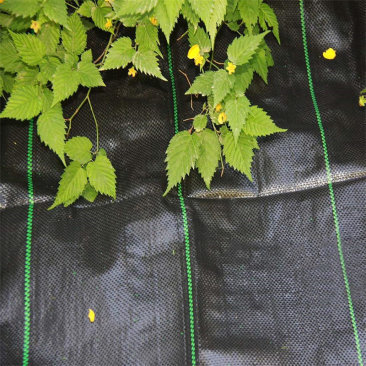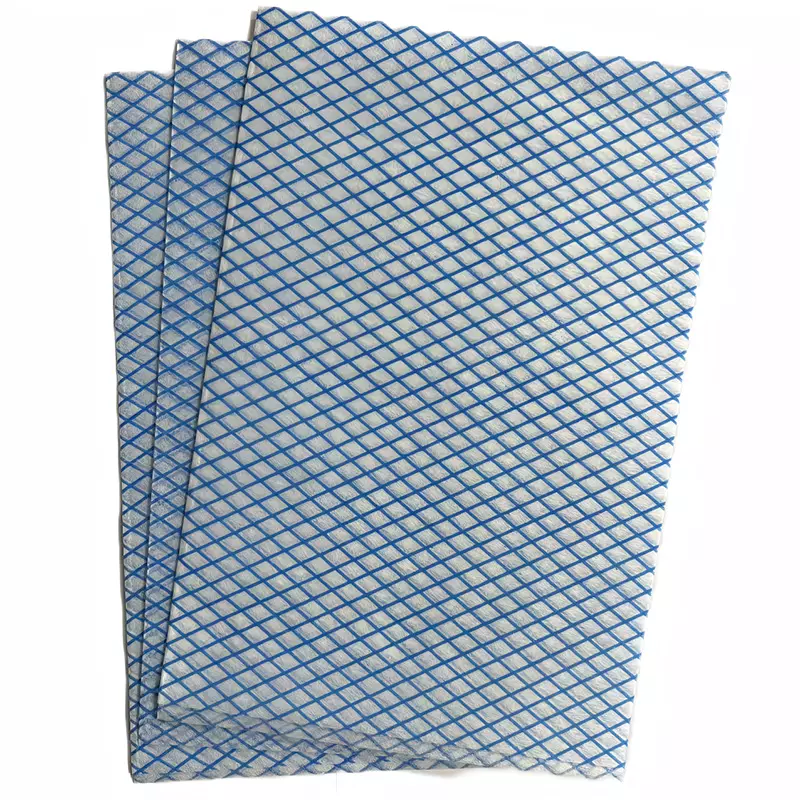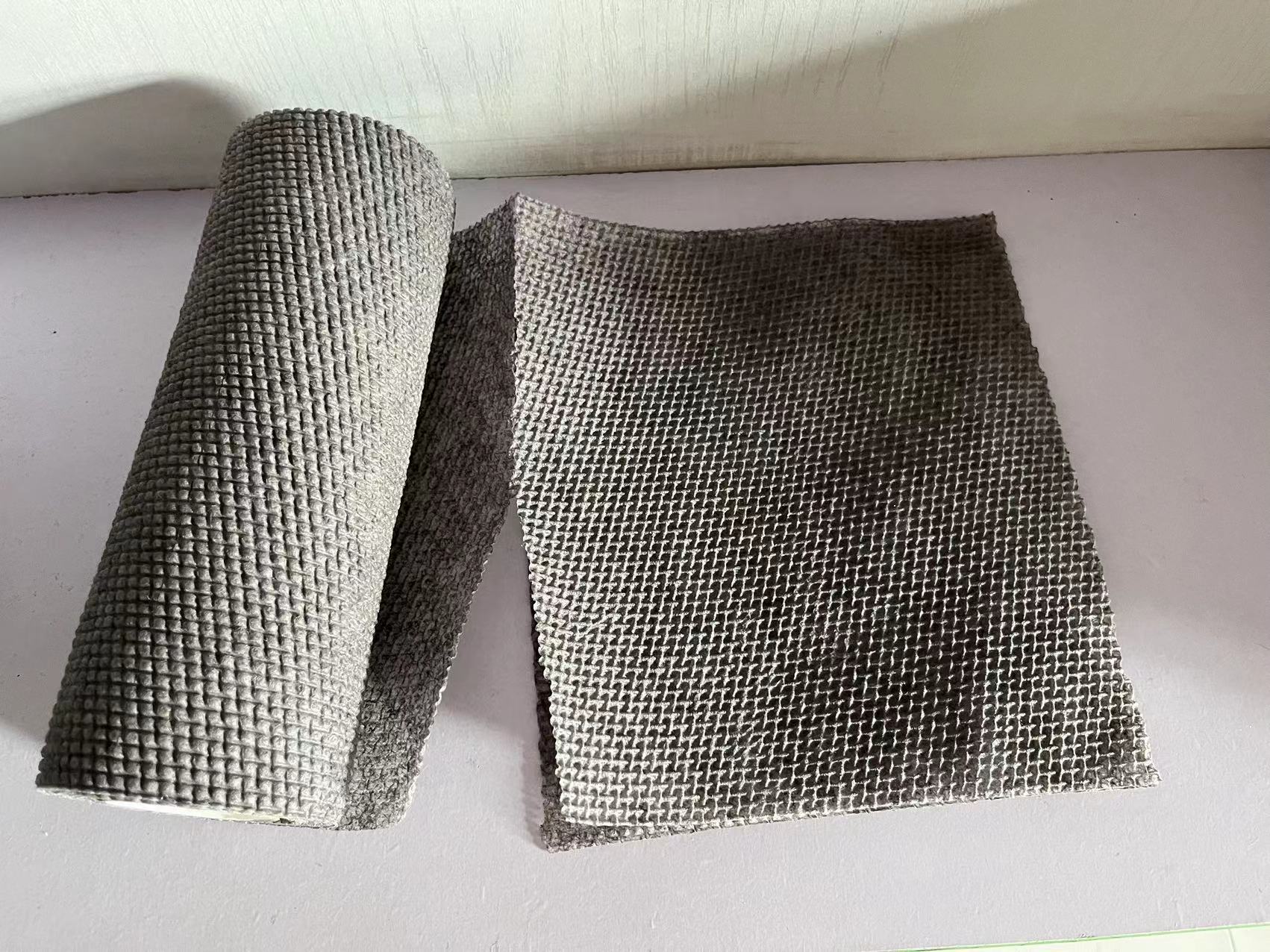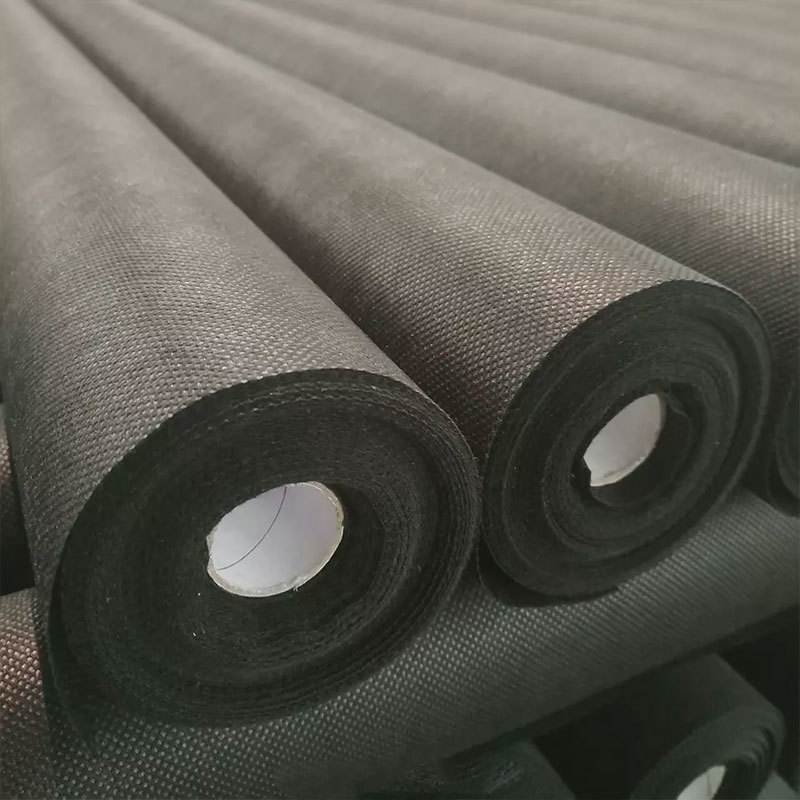28
2025
-
05
Innovative Uses of PP Spunbond Nonwoven Fabric in Everyday Products
Innovative Uses of PP Spunbond Nonwoven Fabric in Everyday Products Table of Contents Introduction to PP Spunbond Nonwoven Fabric What is PP Spunbond Nonwoven Fabric? Unique Properties of PP Spunbond Nonwoven Fabric Innovative Applications in Packaging Healthcare and Medical Applications Fashion and Textile Innovations Industrial and Technical Applications Environm
Innovative Uses of PP Spunbond Nonwoven Fabric in Everyday Products
Table of Contents
- Introduction to PP Spunbond Nonwoven Fabric
- What is PP Spunbond Nonwoven Fabric?
- Unique Properties of PP Spunbond Nonwoven Fabric
- Innovative Applications in Packaging
- Healthcare and Medical Applications
- Fashion and Textile Innovations
- Industrial and Technical Applications
- Environmental Impact and Sustainability
- Future Trends in PP Spunbond Nonwoven Fabric
- Frequently Asked Questions
- Conclusion
Introduction to PP Spunbond Nonwoven Fabric
In the ever-evolving landscape of textile innovations, **PP spunbond nonwoven fabric** stands out for its remarkable versatility. As industries seek sustainable and functional materials, this fabric emerges as a frontrunner, transforming various sectors. From everyday household items to specialized medical applications, PP spunbond nonwoven fabric offers an array of benefits that cater to modern consumer needs. This article delves into the innovative uses of this fabric, showcasing its unique properties and applications in everyday products.
What is PP Spunbond Nonwoven Fabric?
PP spunbond nonwoven fabric is a type of synthetic fabric made from polypropylene (PP) fibers. It is produced through a process that involves melting plastic pellets, extruding them into thin filaments, and then bonding these filaments together through heat or pressure. This results in a lightweight, durable, and breathable fabric that possesses various desirable characteristics.
###
Characteristics of PP Spunbond Nonwoven Fabric
PP spunbond nonwoven fabric is known for its:
- **High tensile strength**: Ensuring durability and resistance to tearing.
- **Lightweight nature**: Making it easy to handle and transport.
- **Breathability**: Allowing air and moisture to pass through, enhancing comfort.
- **Chemical resistance**: Providing protection against various substances, making it suitable for industrial applications.
- **Cost-effectiveness**: Offering a budget-friendly alternative to woven fabrics.
Unique Properties of PP Spunbond Nonwoven Fabric
The unique properties of PP spunbond nonwoven fabric contribute to its widespread adoption across multiple industries. Here are some key attributes that set it apart:
###
Durability and Longevity
One of the standout features of PP spunbond fabric is its durability. It can withstand wear and tear, making it suitable for products that require extended use, such as bags and protective clothing.
###
Water Resistance
PP spunbond nonwoven fabric exhibits excellent water resistance, which is crucial for applications in packaging and outdoor products. This property helps protect contents from moisture and prolongs shelf life.
###
Eco-Friendly Options
Increasingly, manufacturers are producing **biodegradable PP spunbond nonwoven fabrics** that minimize environmental impact. This aspect aligns with the growing consumer demand for sustainable products.
Innovative Applications in Packaging
Packaging is one of the most prominent sectors benefiting from the use of PP spunbond nonwoven fabric. Here are some innovative applications:
###
Reusable Shopping Bags
The shift towards sustainable shopping practices has led to a surge in reusable shopping bags made from PP spunbond fabric. These bags are not only durable and lightweight but also customizable, making them popular for retailers aiming to promote their brand.
###
Protective Packaging Solutions
PP spunbond nonwoven fabric is ideal for protective packaging, offering cushioning for fragile items without adding excessive weight. This makes it a go-to material for e-commerce businesses looking to reduce shipping costs while ensuring product safety.
###
Medical Packaging
In the medical field, PP spunbond nonwoven fabric is used for packaging sterile instruments and supplies. Its barrier properties help maintain hygiene and prevent contamination.
Healthcare and Medical Applications
The healthcare industry has embraced PP spunbond nonwoven fabric for its versatility and protective qualities. Here are some key applications:
###
Disposable Medical Wears
From gowns to masks, PP spunbond fabric is commonly used for disposable medical apparel. Its lightweight nature ensures comfort for healthcare professionals while providing adequate protection against contaminants.
###
Surgical Drapes and Covers
PP spunbond nonwoven fabric is also utilized in surgical drapes and covers, providing a sterile barrier in operating rooms. Its breathability ensures that both patients and medical staff remain comfortable during procedures.
###
Wound Care Products
In wound care, PP spunbond nonwoven fabric serves as the base for various products, including dressings and bandages. Its softness and breathability promote healing while minimizing discomfort for patients.
Fashion and Textile Innovations
The fashion industry is gradually recognizing the potential of PP spunbond nonwoven fabric, particularly in sustainable fashion initiatives.
###
Fashionable Accessories
Designers are incorporating PP spunbond fabric into trendy accessories such as bags, hats, and shoes. This material offers a unique aesthetic while maintaining durability and practicality.
###
Eco-Conscious Fashion Lines
With sustainability becoming a focal point in fashion, brands are launching collections that feature PP spunbond nonwoven fabric. These collections appeal to environmentally conscious consumers who prioritize eco-friendly materials.
Industrial and Technical Applications
PP spunbond nonwoven fabric is not limited to consumer products; it also finds extensive use in industrial applications.
###
Geotextiles
In civil engineering, PP spunbond nonwoven fabric is used as a geotextile, helping in soil stabilization and erosion control. Its durability ensures long-term performance in harsh environmental conditions.
###
Automotive Components
The automotive industry utilizes PP spunbond fabric for various components, including interior linings and insulation materials. Its lightweight nature contributes to improved fuel efficiency in vehicles.
###
Filtration Media
PP spunbond nonwoven fabric is employed in filtration applications, including air and water filters. Its fine structure allows for effective filtration while maintaining airflow.
Environmental Impact and Sustainability
Amid growing concerns about environmental degradation, the textile industry is under pressure to adopt sustainable practices. PP spunbond nonwoven fabric offers several environmental benefits:
###
Recyclability
Many PP spunbond nonwoven fabrics are recyclable, allowing consumers to contribute to a circular economy. By recycling these materials, waste is minimized, and new products can be created.
###
Reduced Waste Generation
The production process of PP spunbond nonwoven fabric is designed to minimize waste. Manufacturers are increasingly adopting technologies that reduce scrap and optimize resource use.
###
Biodegradable Options
With advancements in material science, biodegradable PP spunbond nonwoven fabrics are emerging, providing even greener alternatives for consumers and businesses.
Future Trends in PP Spunbond Nonwoven Fabric
As industries continue to innovate, the future of PP spunbond nonwoven fabric looks promising. Key trends include:
###
Smart Textiles
The integration of smart technologies into PP spunbond fabrics could revolutionize various applications, from wearable health monitors to responsive textiles that adapt to environmental conditions.
###
Customization and Personalization
As the demand for unique products grows, manufacturers are likely to offer more customization options for PP spunbond nonwoven fabric, catering to individual consumer preferences.
###
Enhanced Sustainability Practices
Continued focus on sustainability may lead to the development of even greener production methods, utilizing renewable energy sources and minimizing the carbon footprint of PP spunbond nonwoven fabric.
Frequently Asked Questions
1. What distinguishes PP spunbond nonwoven fabric from traditional woven fabrics?
PP spunbond nonwoven fabric lacks the interlacing pattern of woven fabrics, making it lighter, more breathable, and often more cost-effective.
2. Is PP spunbond nonwoven fabric biodegradable?
Certain types of PP spunbond nonwoven fabric are designed to be biodegradable, allowing them to break down naturally over time, reducing environmental impact.
3. Can PP spunbond nonwoven fabric be recycled?
Yes, many PP spunbond nonwoven fabrics are recyclable. It is important to check with local recycling programs regarding the specifics of recycling these materials.
4. What are some common uses of PP spunbond nonwoven fabric in everyday life?
Common uses include reusable shopping bags, disposable medical apparel, automotive components, and filtration media.
5. How does PP spunbond nonwoven fabric contribute to sustainability?
PP spunbond nonwoven fabric contributes to sustainability through its recyclability, reduced waste generation, and the availability of biodegradable options.
Conclusion
PP spunbond nonwoven fabric has emerged as a game-changer in various industries, showcasing its versatility and innovative applications. From eco-friendly packaging solutions to essential medical supplies, this fabric is revolutionizing everyday products. As we move towards a more sustainable future, the continued exploration of PP spunbond nonwoven fabric will undoubtedly lead to further advancements that benefit both consumers and the environment. The unique properties and potential of this material position it as a key player in the evolution of textiles, making it essential for future innovations.
pp spunbond nonwoven fabric












